 |
Editor’s note: Keep in mind that each company groups different products under their respective ‘Imaging’ category, so there may be slight differences in what products and services are offered in the financial details. However, the categories are broadly similar and comparable, and we’ve done our best to account for those differences using available information.’
If you were to look at the most recent financials of Canon, Nikon and a few other camera manufacturers, it would seem the camera industry as a whole is facing a crisis. But not everyone in the imaging market is struggling, as Sony’s latest financials show.
Sony has published its latest annual financial report and inside a number of interesting details have emerged. Sony’s 2018 fiscal year (2018FY), which ended March 31, 2019, saw increased sales of 14.6 billion yen for its Imaging Products and Solutions division for a total of 670.5 billion yen. This amounts to a two percent year-over-year (YOY) growth, accounting for loss due to currency conversion.
| A small snapshot from Sony’s financial report showing the sales numbers (in millions of yen). On the left are the numbers are through March 31, 2018, while numbers bolded in the center are the numbers through March 31, 2019. The numbers on the right are the difference between the two years. |
While two percent might not seem impressive, Nikon’s imaging division reported a 17.9 percent decrease while Canon reported an annual decrease of 11.3 percent YOY.
Sony specifically mentions in its report (starting on page 26) that ‘[the] increase was mainly due to an improvement in the product mix reflecting a shift to high value-added models such as mirrorless single-lens cameras and the interchangeable lens lineup, partially offset by a decrease in compact digital camera unit sales reflecting a contraction of the market.’ Sony also says reductions in operating costs helped to reduce to YOY numbers.
In a year when it seems nearly every other company manufacturing cameras is showing decreasing profits YOY, it seems Sony managed to find a way to keep profits growing throughout 2018.
Update (May 17, 2019): The last paragraph in this article has been removed and rephrased to account for the discrepancies in the fiscal years between companies.
Articles: Digital Photography Review (dpreview.com)





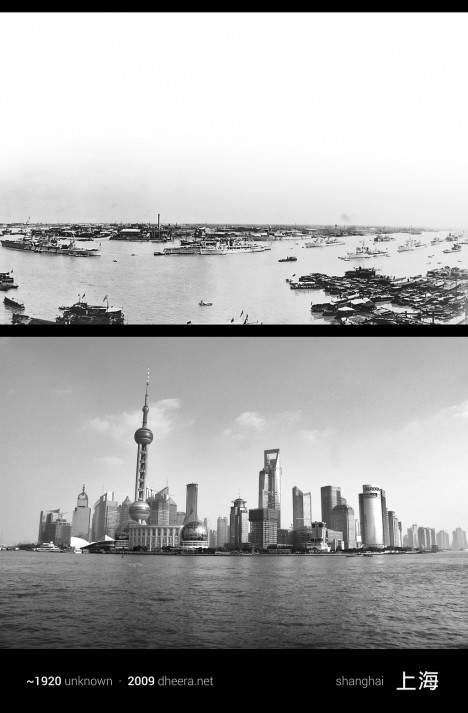
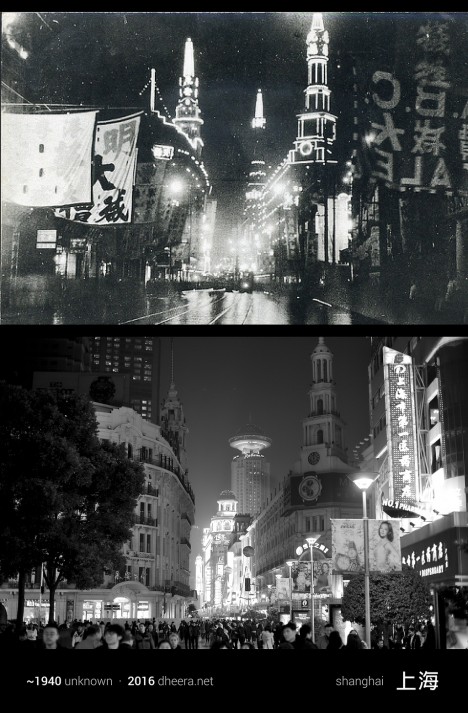
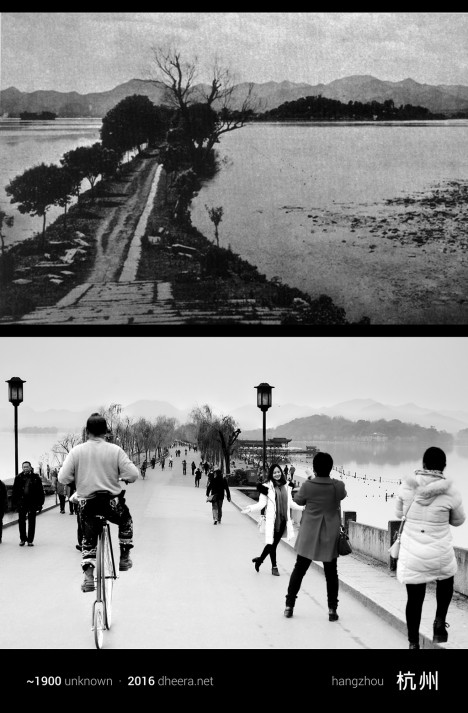



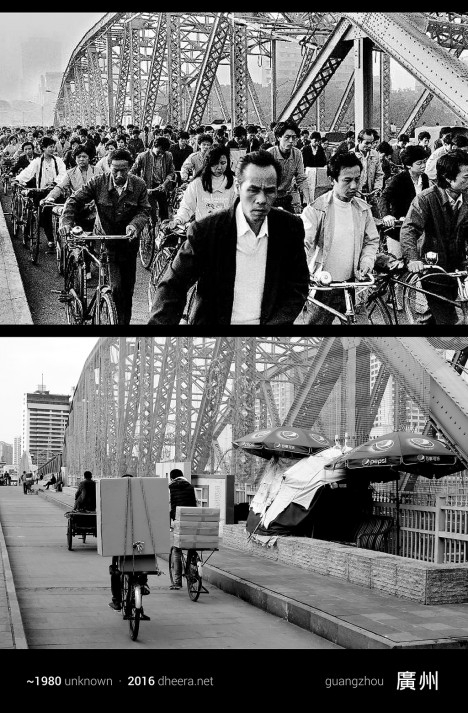



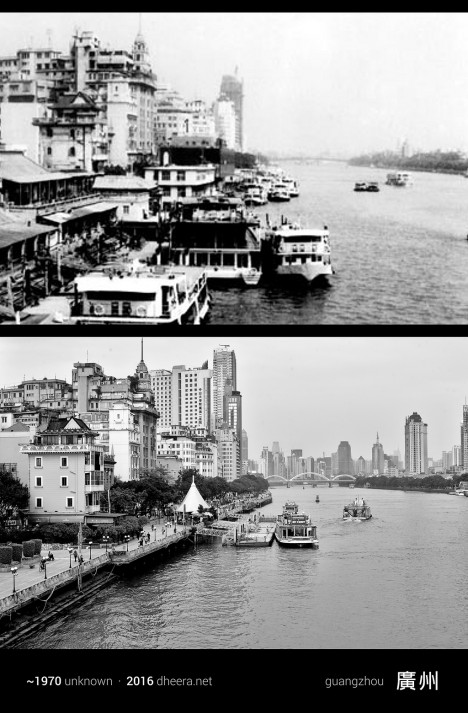








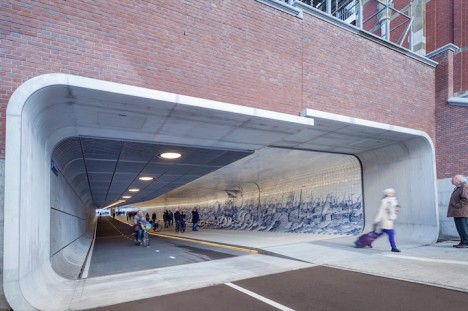



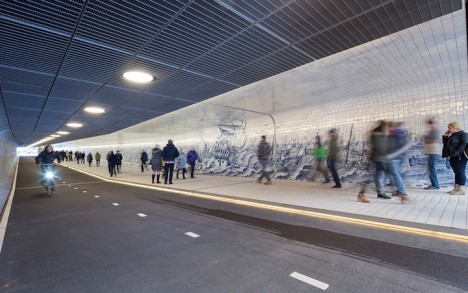
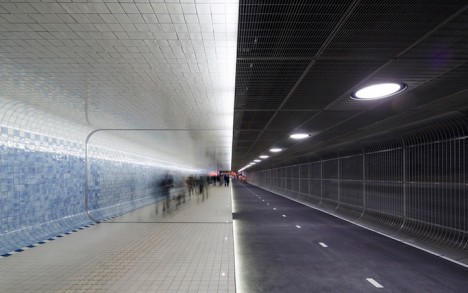
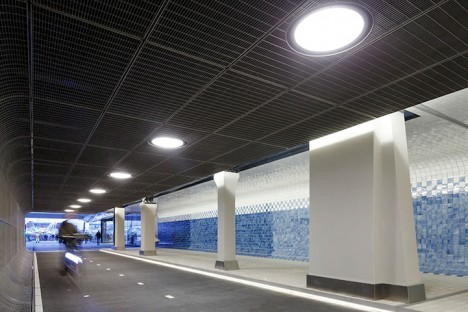
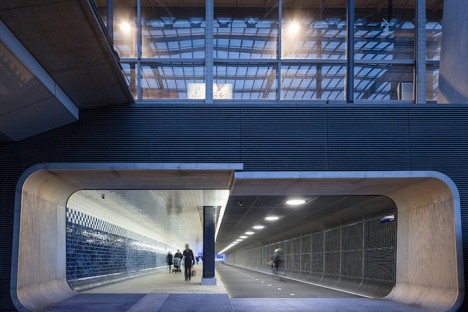

























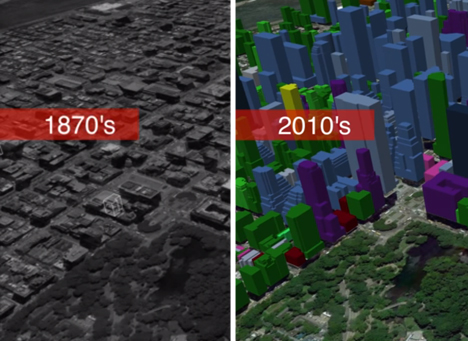
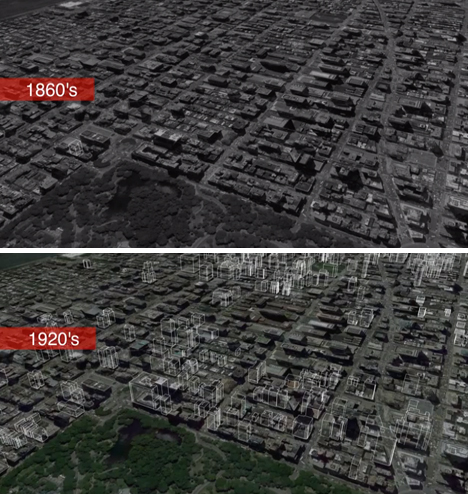
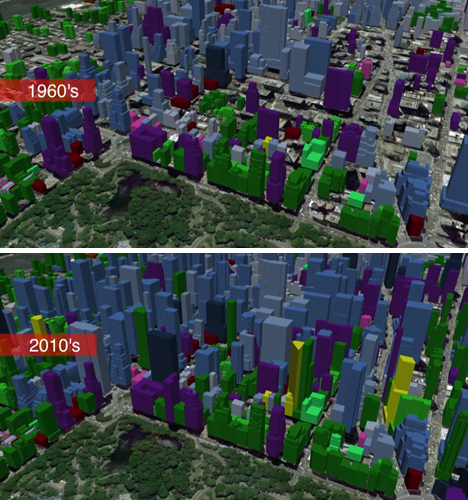





You must be logged in to post a comment.